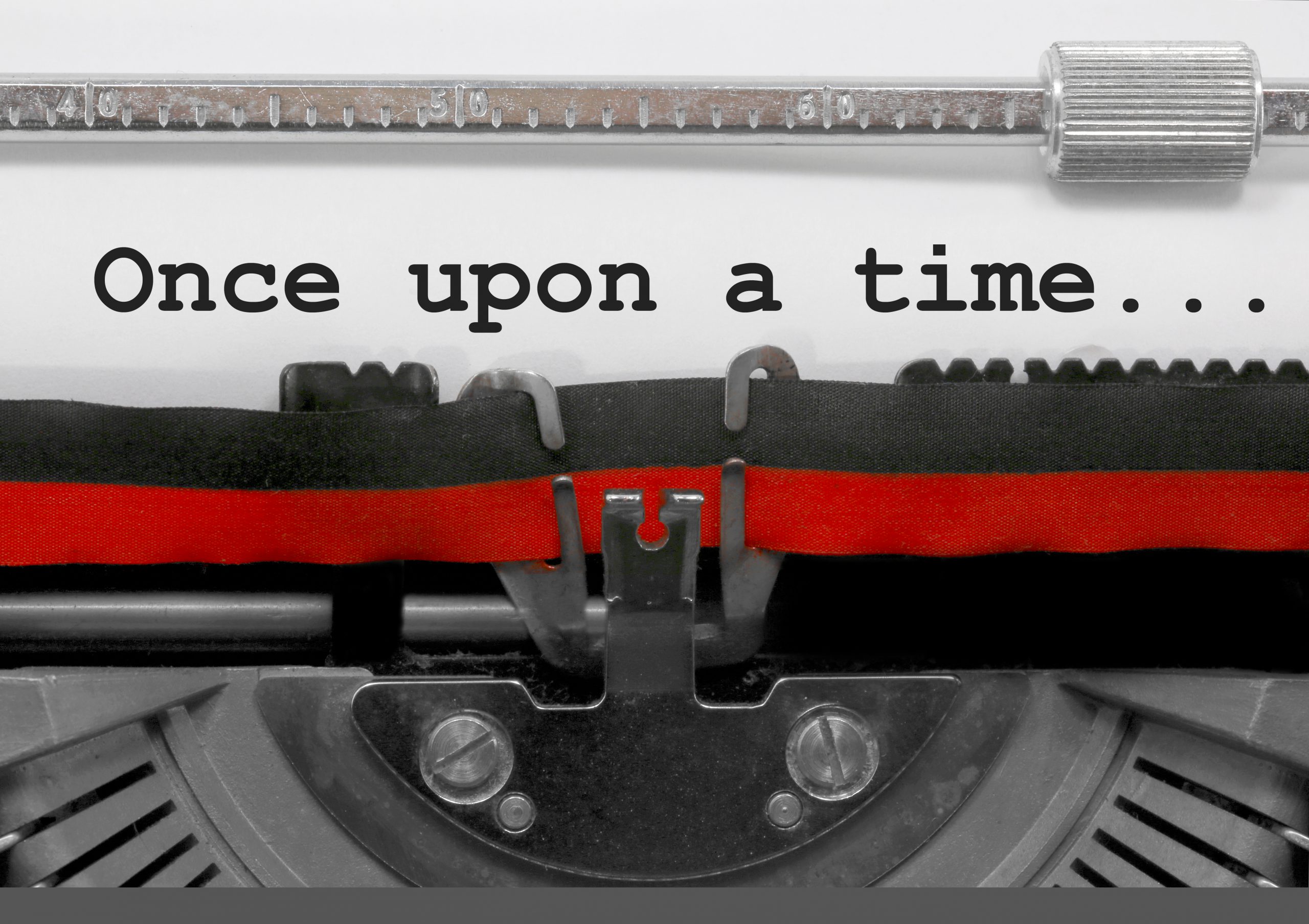The Formula for Irresistible Case Studies
You’ve decided to do some marketing to highlight how your offering can help customers achieve their goals. And you’ve decided – rather than using charts, facts or statistics – that you want to show people the impact you can bring with case studies.
So how do you make your case studies a great read?
First, the case for case studies.
Case studies are far and away the most compelling and effective communication tool to convert prospects into buyers. Over 77% of B2B buyers cited testimonials and case studies as the most influential type of content in their decision making. B2C businesses show similar results as well. And they’re not just helpful for businesses; university students learn subjects faster and retain ideas longer when material is presented in a case study form.
Why? Because case studies are essentially stories, and our brains are wired for story.
Case studies tell a success story, walking the reader through a real-life scenario they can relate to. Readers get to meet their peer (the customer you’re highlighting), and see the challenges that customer is facing (challenges that should be strikingly similar to the challenges your readers are facing). They get to see how your offering helps solve the problem and the benefit your offering brings. They can grasp the impact your offering has had on the customer – saved them money, improved their productivity, reduced downtime, accelerated production…whatever results you have to share.
So how do I write spellbinding case studies?
Just like a story, good case studies have a beginning, a middle, and an end, as well as a protagonist – your customer – overcoming a problem and achieving their objective, just like the main character of a story.
With a good case study, by the end of the story the reader should be able to visualize themselves as the hero of that story. They should be able to relate to the problems of your featured customer, and see themselves achieving their own goals by using your product or service.
The most compelling approach involves the hero narrative structure, constructed by famed mythologist Joseph Campbell. The hero narrative almost always follows the following formula:
- The hero is going along great, until s/he suffers a loss / experiences a serious problem.
- S/he attempts to resolve issues via the usual means, but fails time and again.
- The hero goes on a journey of sorts, and along the way, discovers an ally or new approach.
- With guidance from the ally, the hero overcomes tremendous odds to resolve the problem.
- The hero returns triumphant, having learned something powerful; life is better than before.
Why this model works:
The hero narrative is a classic way to take your reader through a formula that lays out how your product is the solution, in a way that your brain likes. The order of events and the process by which the information is revealed not only makes sense to us, our brains anticipate and desire and expect stories to unfold in this order.
This formula can work for technology companies offering digital transformation solutions and it can work for Consumer Packaged Goods companies selling laundry detergent. And, this is the formula for every major action / thriller Hollywood movie. From Diehard to Mission Impossible to Aquaman, the whole Marvel Superheroes series and Jason Bourne, they all follow this formula for a reason: it works.
How to make your case studies more compelling:
- Make sure the reader can see themselves as the protagonist;
- Numbers / statistics to cite impact;
- Customer testimonials or quotes;
- Clear before and after transformation impact.
Watch outs:
- While it’s tempting to think of your case study as basically a company press release, it’s not. A case study is also not an advertisement. Good case studies are about your customer’s journey, not your company. Most case studies out there are instantly forgettable crap because marketers harp on about how great their company is and they forget to actually follow the formula.
- When it comes to effective case studies, show, don’t tell. Your goal is to place the reader as the protagonist (The Hero) and narrate what transpired, so don’t slide into claims. Show how your product impacted the customer problem. Doing this boosts the credibility of your case study: it’s not about you, you’re removed from the story and simply describing what happened and the impact your offering had.
- In your case studies, your customer is the protagonist. Which means your customer is The Hero. So you cannot be. You are the guide who helps them along on their journey to succeed. But don’t be bummed; being the guide is a really powerful role. You’re Dumbledore in Harry Potter. Morpheus in The Matrix. Jack Dawson in Titanic. Nigel in Devil Wears Prada. The Terminator in T2. You get my drift: you’re the enabler, the one who incites transformation and helps the protagonist succeed (which is what you want your business to be seen as, as well).
Over to you: how compelling are your case studies? We hope this post gives you some ideas for how to make them work harder for you. We also write case studies for our clients, so if that’s of interest, let’s connect and set up a time to chat.











